Hangzhou and Suzhou: China’s lakeside cities are ready for their close-up
From UNESCO-listed gardens and tranquil lakes to sleek new hotels, Hangzhou and Suzhou blend heritage, design, and serenity — a side of China finding its way back into the spotlight.
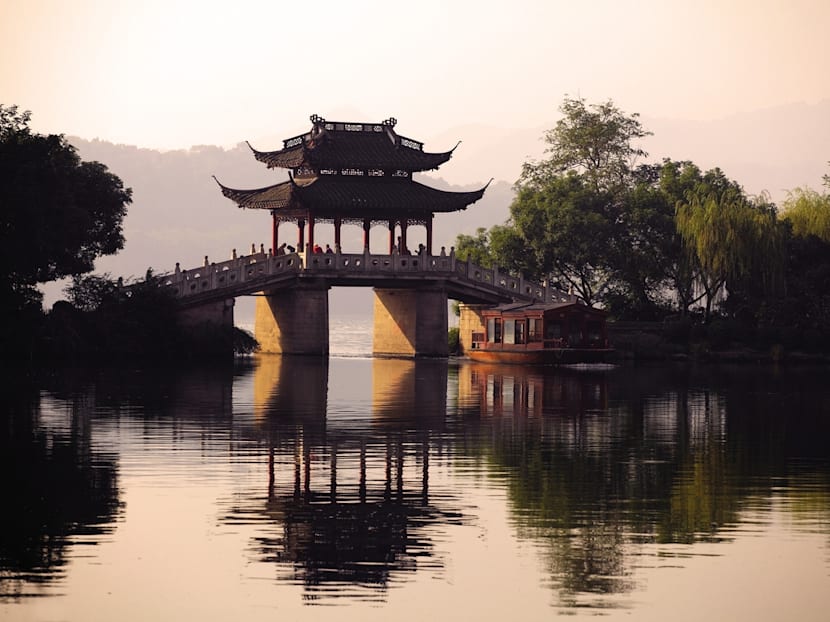
West Lake in Hangzhou. (Photo: Four Seasons Hangzhou)

This audio is generated by an AI tool.
Promenading along the willow-lined causeways of Hangzhou’s UNESCO-listed West Lake at dusk feels like stepping into a Chinese painting. As mist drifts over the distant hills, lotus blossoms perfume the air and pagodas glimmer faintly through the haze — brushstrokes come to life. For centuries, poets and painters have tried to capture this beauty, and even today, it can feel as though you’ve stepped back in time.
That’s partly because many visitors posing for photographs are dressed in traditional Chinese hanfu — flowing robes, embroidered silk sleeves, and the occasional ornate headpiece that looks straight out of a period C-drama.
Though beloved within China, West Lake is still relatively under the radar for most overseas visitors. This UNESCO-listed lake, immortalised in countless poems and paintings, draws millions of domestic tourists each year but relatively few from abroad — a surprising contrast to Europe’s more internationally recognised lakes such as Como or Windermere.
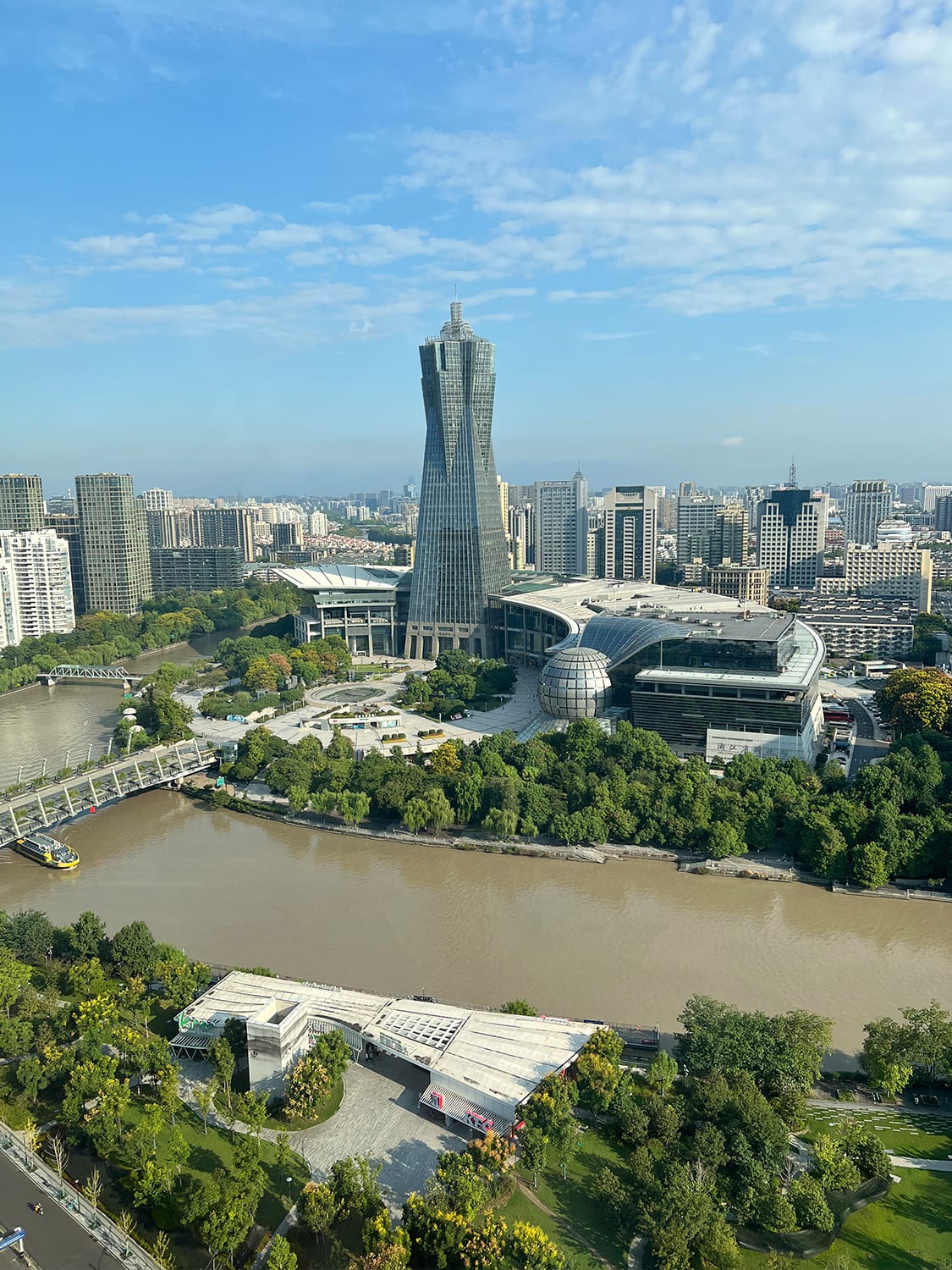
Hangzhou’s appeal extends well beyond its poetic scenery. Often dubbed the Silicon Valley of China, it’s home to rising tech and robotics firms such as DeepSeek, which share the skyline with centuries-old pagodas — and sleek cafes that serve Longjing tea lattes.
Just an hour away by high-speed rail lies Suzhou, often called China’s Venice of the East. Here, its own Jinji Lake offers a scenic complement to the city’s classical gardens, while traditional boats still ply its canals. Nearby, Yangcheng Lake yields a prized seasonal delicacy: The famed hairy crab.
Together, these two lake cities offer a captivating balance of past and present — with plenty to see, savour, and linger over.
THE MODERN METROPOLIS OF HANGZHOU
Let’s cut to the chase: Hangzhou might not have the international pull of Shanghai or Beijing (yet), but its shopping scene certainly punches above its weight. Hangzhou Tower (Hangzhou Dasha) is the grande dame of malls, home to an encyclopaedic range of luxury brands, — including Hermes, where lucky shoppers have been known to snag the French maison’s elusive handbags. Hangzhou Centre, meanwhile, leans younger and trendier, showcasing buzzy Chinese labels like Songmont, recently fronted by British It girl Alexa Chung.
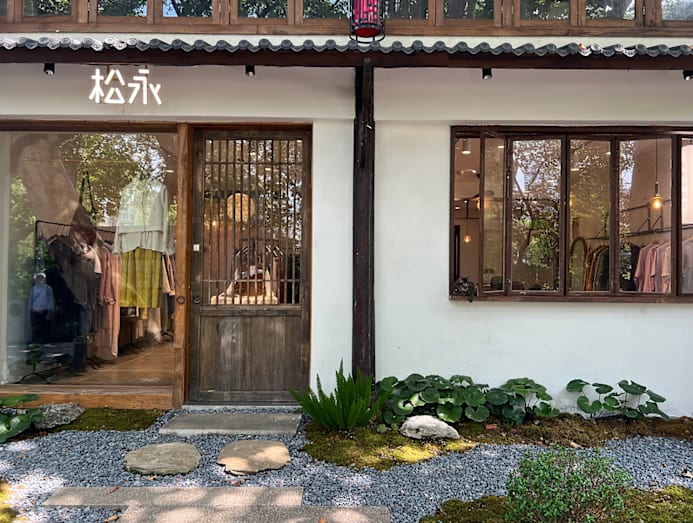
Beyond the boutiques, Hangzhou’s cultural heartbeat runs along the UNESCO-listed Grand Canal. This 1,400-year-old waterway winds through tree-lined banks and beautifully restored merchant houses, now home to cafes and studios. The stretch along Dadou Road is particularly charming, dotted with teahouses, indie boutiques and small eateries. Nearby, the Gongshu District cultural hub offers a window into China’s intangible cultural heritage through attractions such as the Umbrella Museum, Fan Museum, and Hangzhou Arts and Crafts Museum.
For blockbuster pursuits, the West Lake Cultural Square is home to the Zhejiang Science and Technology Museum and the Zhejiang Museum of Natural History.
The Four Seasons Hangzhou at Hangzhou Centre is one of the city’s newest luxury openings. Designed by Singapore’s Avalon Collective, it pairs contemporary elegance with sweeping city views. The spa is a standout, especially the 120-minute Canal Reverie treatment — a soothing massage designed to mirror the rhythm of lapping water to evoke a deep state of relaxation.

Other notable hotels include the Kempinski and Park Hyatt, while the Rosewood Hangzhou is slated to open soon.
Foodies are spoiled for choice — the arrival of the Michelin Guide in 2023 spotlighted Hangzhou’s growing fine-dining scene. Highlights include Sense Hangzhou, known for its inventive take on regional flavours, and Song, which reimagines Ningbo cuisine. Do not miss its impossibly crisp, deboned pigeon leg, spiced with Sichuan pepper and stuffed with breast meat. For authentic local eats, seek out Pang Fang Chun for potstickers or Fang Lao Da for pian’er chuan noodle soup — a Hangzhou classic.

A PAINTERLY RETREAT IN WEST LAKE
Just 20 minutes from the city’s gleaming malls, West Lake feels like another world. This serene expanse has inspired poets, painters, and emperors for centuries and still offers a tranquil escape. Come autumn, its willow-lined banks blaze in shades of gold and crimson.
The handsome Four Seasons Hangzhou at West Lake, sister property to the Hangzhou Centre hotel, is styled after traditional Southeast Chinese architecture with whitewashed walls, and grey-tiled roofs, and is in a prime position right by the water’s edge. Also nearby: The Silk Lakehouse, Shangri-La, the debut of the group’s ultra-luxury Signatures brand.

One of the loveliest ways to savour its calm is on a private breakfast cruise before the crowds arrive — an experience the Four Seasons is able to arrange. The resort also offers a West Lake Wild Bird Exploration tour, led by guides from the Zhejiang Wild Bird Society.

In the evening, the lake comes alive with director Zhang Yimou’s spectacular Enduring Memories of Hangzhou, an open-air performance of light, music and dance, staged on the water itself.
Dining options around the lake are equally rewarding. Jin Sha — a perennial favourite with eight consecutive Black Pearl three-diamond awards and a Michelin star — serves elevated regional cuisine in an elegant garden setting. The century-old Lou Wai Lou remains a beloved classic for dishes like Dongpo pork, beggar’s chicken and West Lake carp.
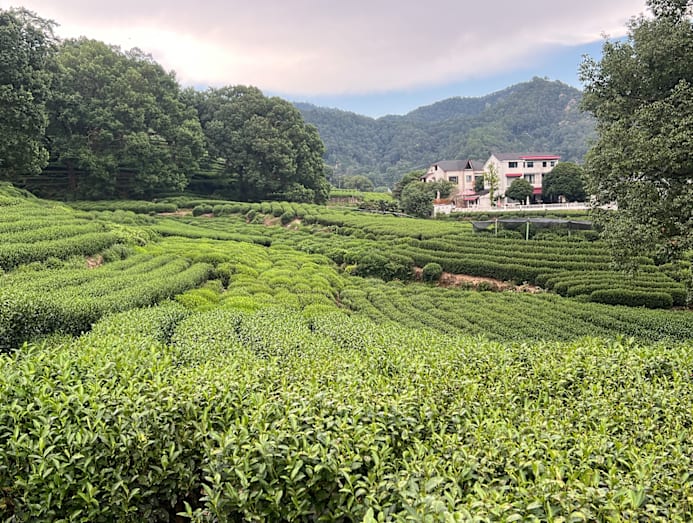
A short drive away, the terraced Longjing tea plantations invite a slower rhythm. Visitors can sip this prized brew in traditional teahouses or try their hand at tea-picking — a brief but humbling reminder of the care behind each fragrant cup.
OLD WORLD ELEGANCE IN SUZHOU
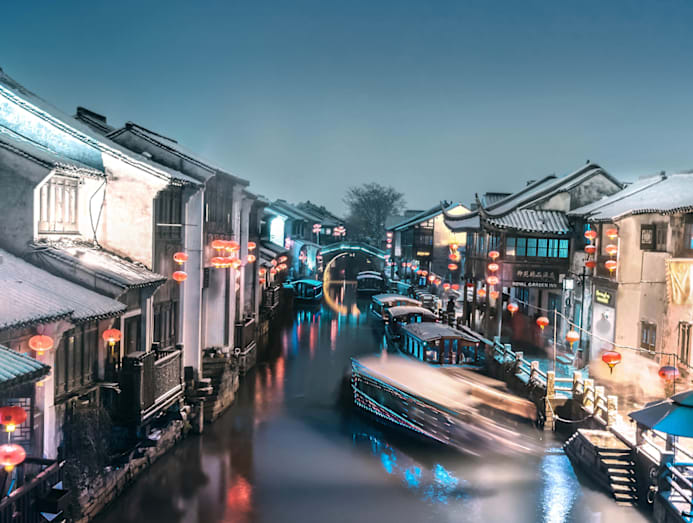
Just an hour away by high-speed train, Suzhou is steeped in old-world grace. Its lattice of canals, gardens, and enduring traditions bestows upon it a dreamlike charm.
To soak in its “Venice of the East” allure, Pingjiang Road — Suzhou’s best-preserved historic street — offers cobblestone lanes, arched bridges and teahouses. It’s a picturesque stroll, though, like at West Lake, you may have to weave around an increasing number of roaming photographers offering costume-and-make-up packages.
Suzhou’s modern face shines at Jinji Lake, the city’s contemporary waterfront where locals unwind with boat rides and paddleboarding. For a blissful retreat, the city’s newest luxury opening — the Four Seasons Suzhou, also designed by Avalon Collective — sits on a private island. Guests can join artistic pastimes from pottery and embroidery to floral-arrangement workshops, offering a welcome respite from city life. The hotel’s afternoon tea is a local favourite, as is its signature Chinese restaurant, Jin Jing Ge, celebrated for its refined takes on regional classics.

For a taste of local life, Fengmen Heng Jie is a 700-metre long street market brimming with produce and seasonal snacks like fried pork chops and unique savoury mooncakes. There is also Zhuo Yan Zhuo Mian, a Michelin-listed spot that lets diners build their own bowl of traditional noodle soup.
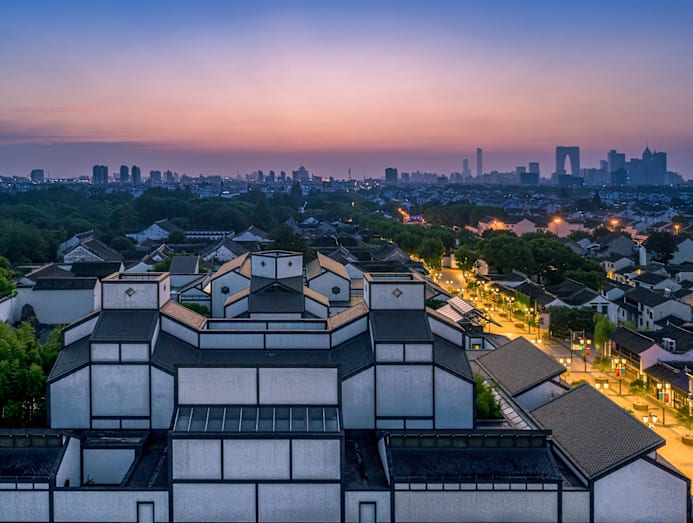
The Suzhou Museum, designed by architect I. M. Pei, is a serene, light-filled space blending modern and traditional elements — ideal for walking off a food coma. But most of all, Suzhou’s classical gardens remain integral to the city’s soul, with more than 50 still existing and nine recognised as UNESCO World Heritage Sites. Chief among them, the Humble Administrator’s Garden captivates with its pavilions, courtyards, and lotus-filled ponds. After dusk, night tours offer a rare moment of quiet contemplation once the crowds drift away.

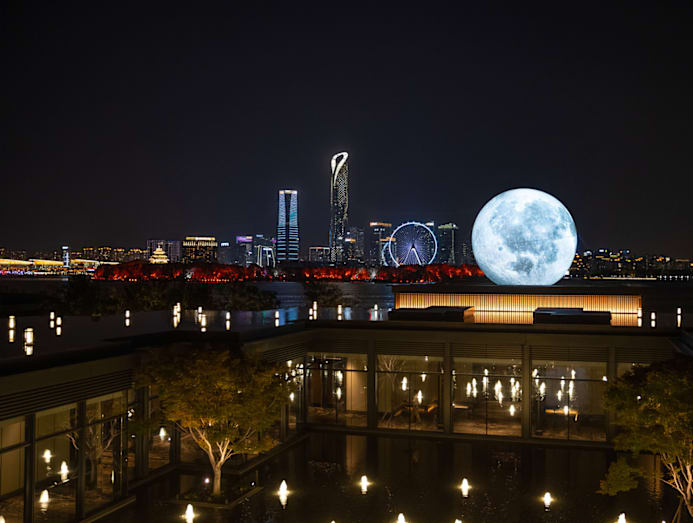
Yet perhaps most unforgettable of all is when the inevitable Suzhou rain begins to fall, turning the garden into a cinematic reverie with raindrops glinting in the lantern light and ripples spreading across the ponds.









